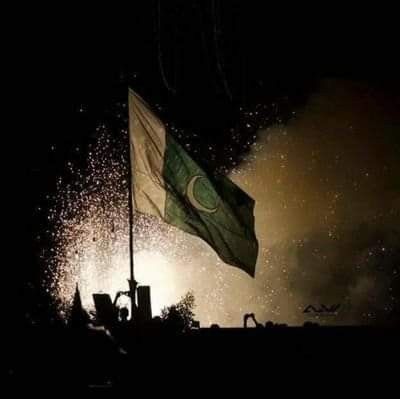
The public discourse may pin the economic difficulties on one government after another, but those really responsible are the class of people permanently in power
Ashfaque Sangi
These are just the latest shocks amid months of crisis as endemic government corruption, depleted foreign reserves and crippling debt have sent Pakistan’s economy spiraling. “Almost every discussion these days amongst friends or family is about how everything is getting more expensive – Add to it the political instability and one ends up in a hopeless situation.
International Monetary Fund officials landed in Islamabad on Tuesday for make-or-break talks with the Pakistani government. The goal of the talks? Unlocking desperately-needed funds from a $7 billion bailout package.
And it couldn’t come at a more critical time: Pakistan only has enough foreign currency reserves to pay for roughly three weeks of imports.
“What would you like to know? How a bag of flour, essential here as we eat roti or chapati on a daily basis, has more than doubled in price? How fuel prices nearly doubled in less than a year?” Mohammed Usman, a photographer living in Pakistan’s capital Islamabad, told CNBC.
“Almost every discussion these days amongst friends or family is about how everything is getting more expensive,” he said. “Add to it the political instability and one ends up in a hopeless situation.” Pakistan received a $6 billion bailout from the IMF in 2019, to which another $1 billion was added in August of 2022, in the IMF’s 23rd funding program for the country in its 75-year existence.
But the money won’t be unlocked so easily this time, as IMF officials want to see Pakistan’s government implement fiscal reforms. Those include allowing a market-determined exchange rate for the country’s currency, the rupee, and the reduction of fuel subsidies, which have become more costly amid the global rise in energy prices.
Pakistani Prime Minister Shehbaz Sharif refused to make such changes for months, fearing popular backlash. But the prospect of national bankruptcy finally forced him to bend — in late January, Pakistan lifted the artificial cap on its currency, causing the rupee to plunge 20% against the dollar in a few days. The government raised fuel prices by 16%. And the Pakistani central bank raised its interest rate by 100 basis points to battle the country’s highest inflation in decades, expected to be as high as 26% in January.
How did Pakistan get here?
The crisis Pakistan was a long time in the making, and goes far beyond electoral politics, people who study the country say.
“Pakistan’s economic situation is a direct reflection of the misplaced priorities of the country for decades,” said Kamal Madishetty, a researcher at the Institute of Peace and Conflict Studies in New Delhi. He pointed to the overwhelming control of the military over all other institutions as a key factor.
Mired in political, military, feudal corruption, Pakistan has now existed as a state that only survives due to the largesse of the Saudis, China, UAE and the U.S. in that order
“The country’s military establishment continues to corner a disproportionate share of resources for itself, at the expense of ordinary citizens,” he said, explaining that in 2022, as Pakistan cut spending on areas like infrastructure and education, military spending ballooned by 11%.
“The public discourse may pin the economic difficulties on one government after another, but those really responsible are the class of people permanently in power.” Kamal Alam, a non-resident senior fellow at the Atlantic Council, described a dysfunctional ruling class that for decades has misappropriated funds and prevented meaningful reform.
“Mired in political, military, feudal corruption, Pakistan has now existed as a state that only survives due to the largesse of the Saudis, China, UAE and the U.S. in that order,” he said. “But finally its patrons have also run out of patience due to lack of transparency of the impact of their actual donations.”
Oil-rich Saudi Arabia has been a longtime ally of Pakistan, coming to its aid financially numerous times. But now even the Saudis are demanding to see serious improvement concerning governance and corruption before it loosens its purse strings. More recently, Pakistan has been a victim of climate change: catastrophic floods in June of 2022 put one-third of the country underwater, affecting 33 million people and causing billions of dollars of damage and economic loss.
That combined with the already existing economic problems and the enduring impact of Covid-19 led the World Bank in early January to lower the country’s growth projections from 4% last June to 2% for 2023, citing “precarious economic situation, low foreign exchange reserves and large fiscal and current account deficits” as key reasons.
__________________
Ashfaque Sangi hailing from Larkana Sindh is a student and writer with especial interest in history, philosophy and literature.